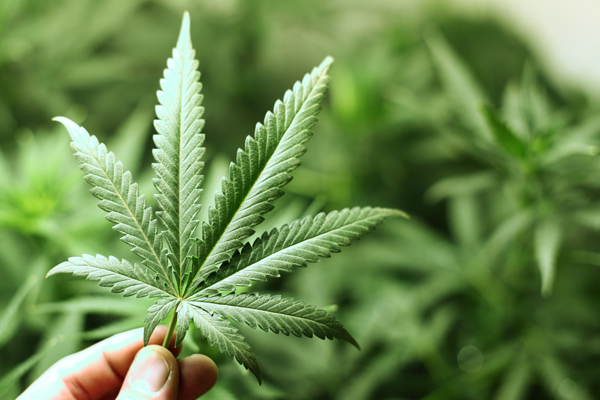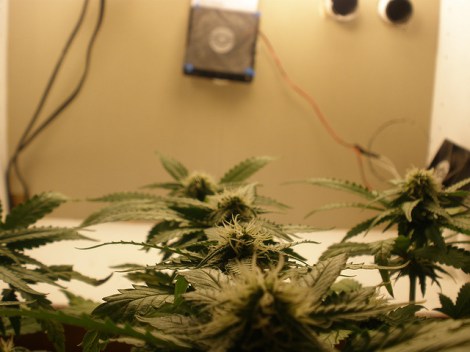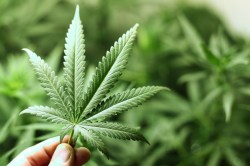It’s boom times for American weed. Yesterday, both Washington and Colorado voted to legalize marijuana for recreational use. Both ballot measures passed by comfortable margins.
From Time:
The initiatives represent an increased public push for legalization; a 2011 Gallup poll found that 50% of Americans are in favor of marijuana legalization, up from just 12% in 1969.
This likely means increased production to meet newly legal needs, which likely means more impact on the environment.
Marijuana advocates point to the fact that it’s “just a plant.” They’re not wrong! But it’s a plant that’s often shipped hundreds of miles from production to consumer, and either grown indoors at tremendous energy costs, or cultivated outdoors to the detriment of the local landscape.
First off: If you want your weed to be green, you have to go local. Growing cannabis plants on dedicated farmland isn’t the problem. The problem is that scenario is really rare. Far more often, weed is grown outdoors in “guerilla” operations that can decimate local ecosystems (if local wildlife doesn’t decimate the plants first).
This has happened often in California, where this season’s massive marijuana harvest is just wrapping up. From The Sacramento Bee:
A rush to profit from patient demand for pot has resulted in irresponsible forest clearing, illegal stream diversions, and careless pesticide and fertilizer use that has polluted waterways and killed wildlife, state and local government officials said.
Instead of being tilled back into gardens, marijuana grow soil is often dumped outside where it can kill fish and stimulate blue-green algae blooms.
Responsible outdoor growing is possible; in Washington and Colorado, it could happen between about March and September, as cannabis grows best in warm temperatures and doesn’t do well with frost.
But many growers in these states will opt for indoors, where they can have the most control over their product and perhaps more easily avoid the federal Drug Enforcement Agency. Unfortunately, they won’t avoid massive energy costs from the bright artificial lights used for up to 20 hours a day in order to speed up nature. About a quarter of the cost of weed grown inside is the cost of energy — which some studies say could be 1 percent of all the energy used in the U.S. And that’s been without legalization.
The way we smoke now is not sustainable. But maybe new legalities will give us some space to figure out how to truly green the high.
Update: Yesterday the northern California city of Arcata passed a measure that would levy a 45 percent tax on households using three times the normal amount of electricity, specifically to attempt to push out large-scale indoor marijuana growers. The measure passed with 69 percent of the vote.





